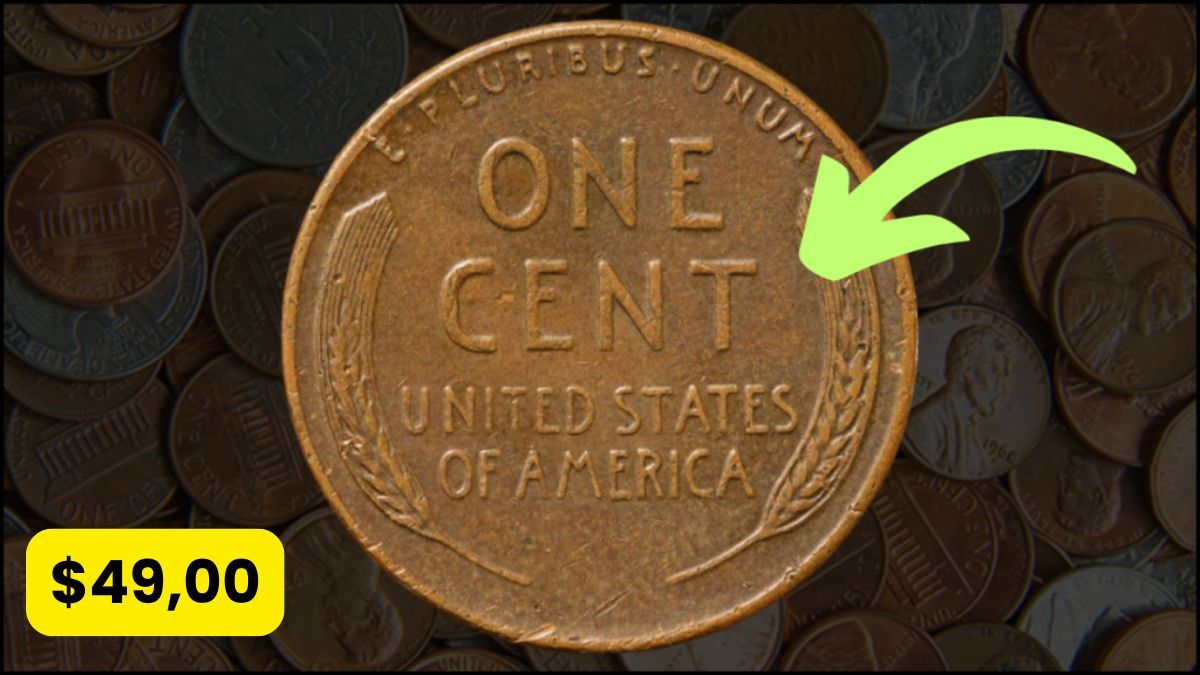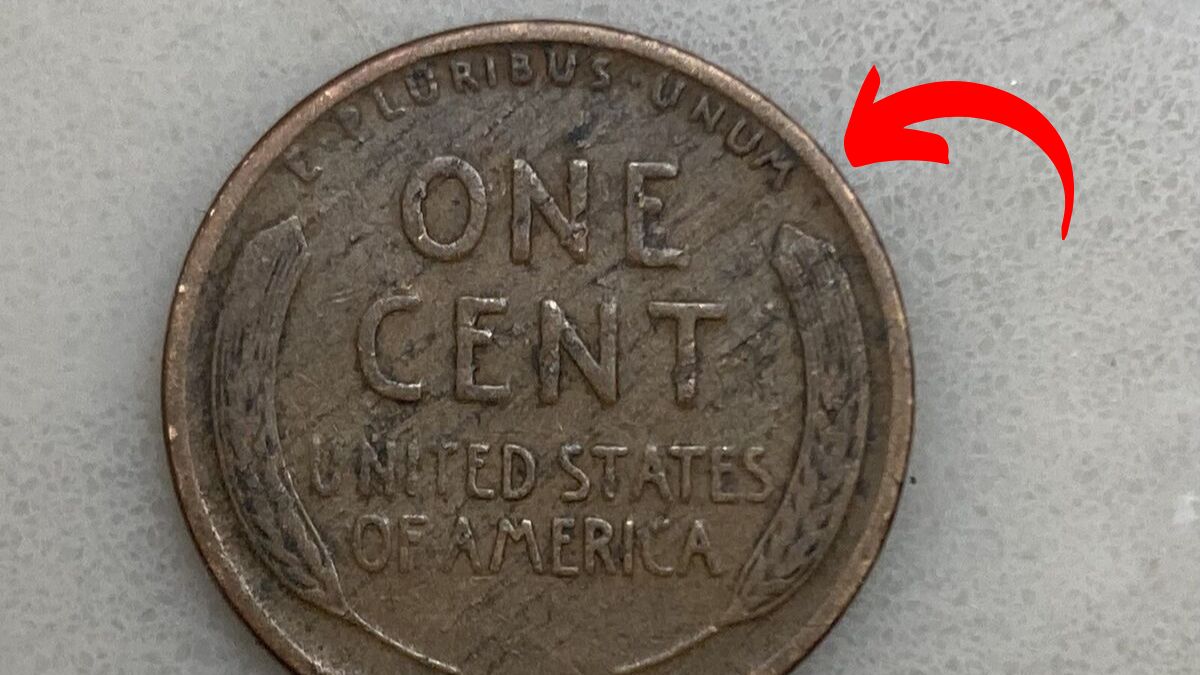The Lincoln Wheat Penny forever changed the face of American coins when it first rolled out in 1909. For the first time, instead of the usual eagles or Lady Liberty, everyday Americans saw a real person — President Abraham Lincoln — right there on a coin they used every day. Victor David Brenner, the artist behind this iconic design, crafted a striking profile of Lincoln for the front, while the back featured two simple wheat stalks, symbolizing America’s deep roots in farming. The design was so well-loved, it stayed virtually unchanged for nearly five decades, becoming one of the most cherished coins in U.S. history.
The Denver Mint’s Tiny Batch
Now, let’s fast-forward to 1914 and zoom in on a very special version of this penny: the 1914-D Lincoln Wheat Penny. The “D” stands for Denver, one of the U.S. Mint’s branches. That year, Denver produced only about 1.2 million of these pennies. That might sound like a big number, but in the world of coin production — where tens of millions were typically minted each year — it’s actually tiny. This small batch made the 1914-D instantly rare, and over time, it became one of the most coveted Lincoln cents ever made.
Why This Tiny Coin Is Worth Up to $49,000
So how does a single penny climb to a value as high as $49,000? It’s a mix of rarity, history, and condition. First, very few were made to begin with. Then, most of those went into circulation and were handled countless times in daily life — buying groceries, paying bills, you name it. That kind of wear and tear makes finding one in pristine condition extremely rare. Add to that the fact that this coin was minted during the early years of the Lincoln penny series, right as World War I was beginning in Europe, and you’ve got a perfect recipe for skyrocketing collector value.
How to Spot a 1914-D Penny
Think you’ve stumbled upon one? Here’s what to check. Look closely at the front: the date “1914” should be clear and sharp. Just below the date, you’ll see a small “D” mint mark — that’s your Denver clue. Flip it over, and you should still see the wheat stalks on the back, though depending on the coin’s age and wear, they might be a little faded. Because these coins are so valuable, fakes are everywhere, so if you suspect you have one, always get it authenticated by a professional.
Condition Is Everything
When it comes to determining a 1914-D penny’s value, condition makes all the difference. Coins that have survived the past century looking almost brand-new — with sharp details and their original shine — can easily fetch $49,000 or more. Even those that show signs of wear but still have a clear date and mint mark can still be worth thousands. Simply put, any genuine 1914-D penny is a treasure.
Handle With Care
If you’re lucky enough to own one, protecting it is crucial. Never clean or polish it — doing so can actually ruin its value. When handling the coin, touch only the edges to avoid leaving fingerprints. And always store it in a protective holder to guard against moisture, air, and accidental damage. A little caution now can help preserve its value for decades to come.
The Hunt Continues
Even though more than a century has passed since these pennies were minted, collectors still dream of discovering one tucked away in an old coin jar, a forgotten collection, or a roll of bank coins. While the odds of finding a 1914-D in your spare change are slim, that sense of possibility keeps collectors on the hunt.
In the end, the 1914-D Lincoln Wheat Penny is the perfect blend of American history, scarcity, and numismatic excitement. It remains one of the most prized and fascinating coins ever produced in the United States.







